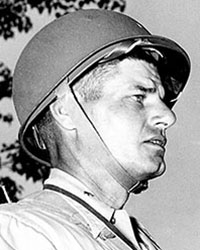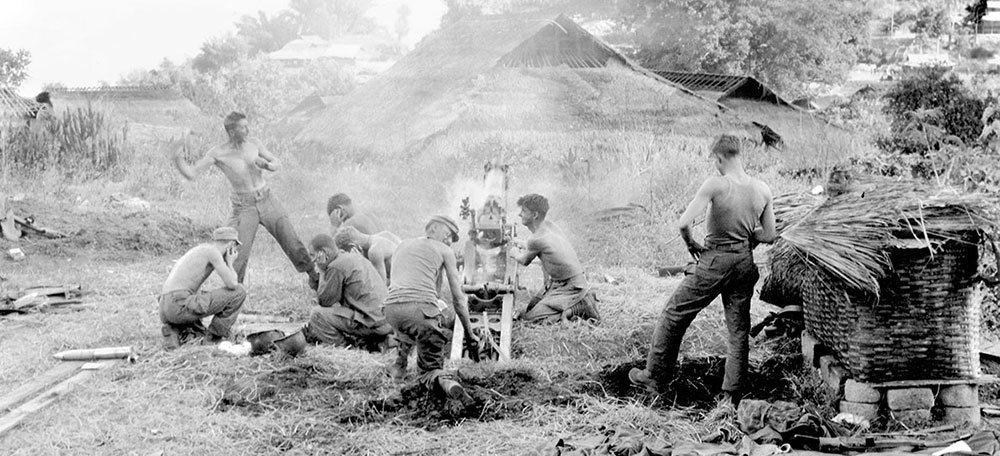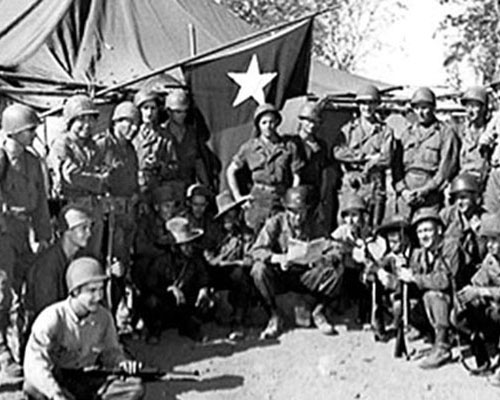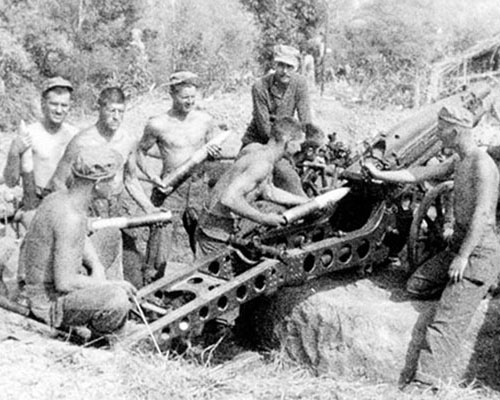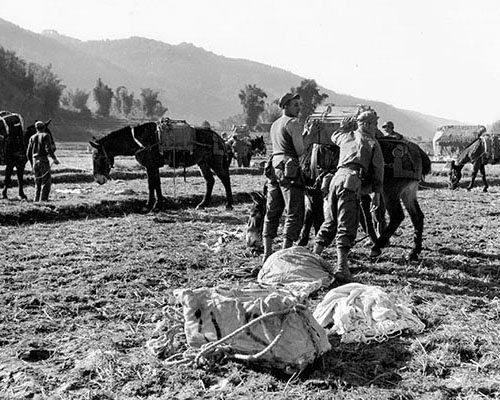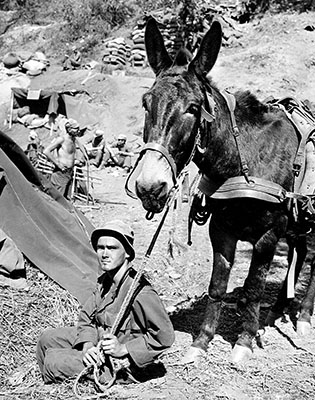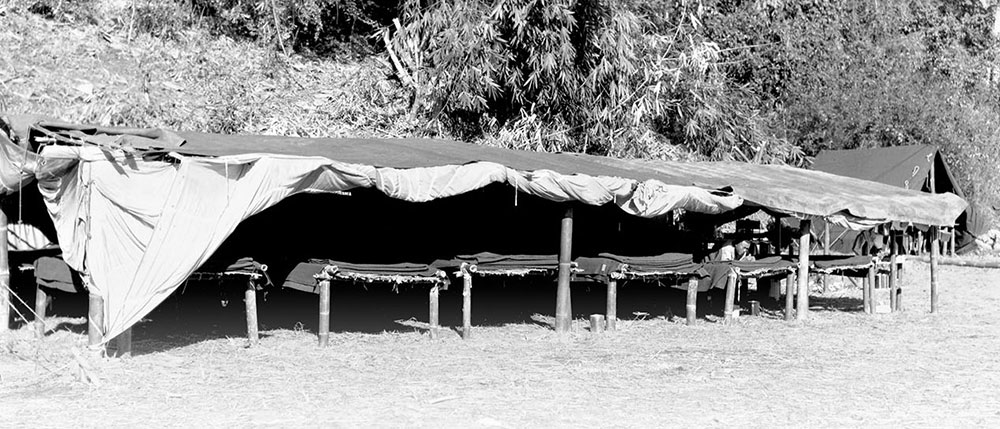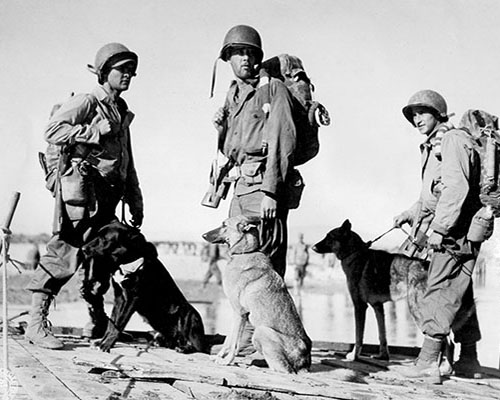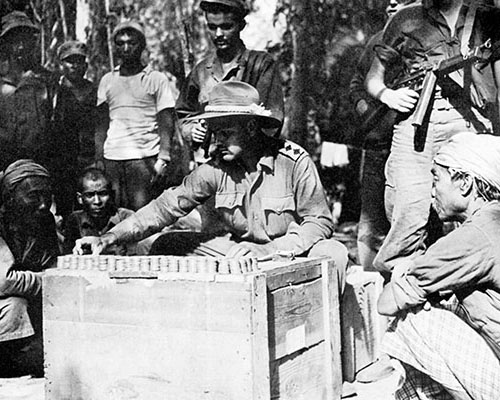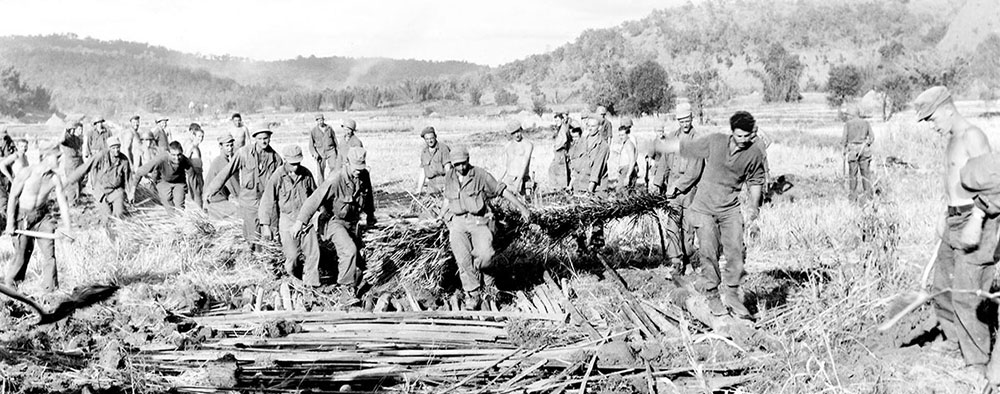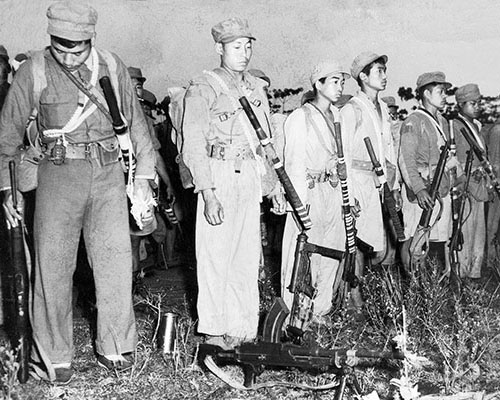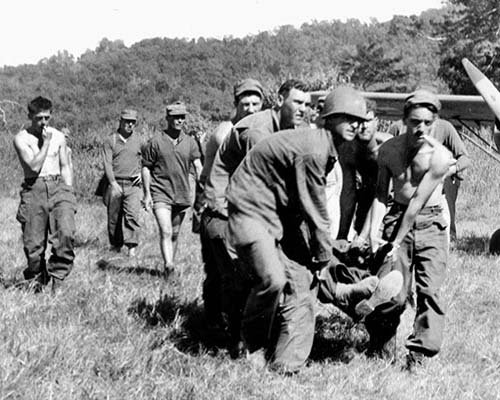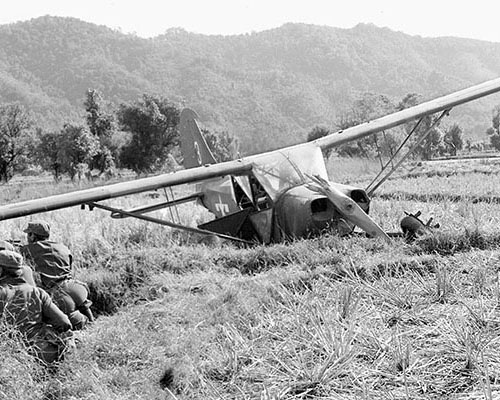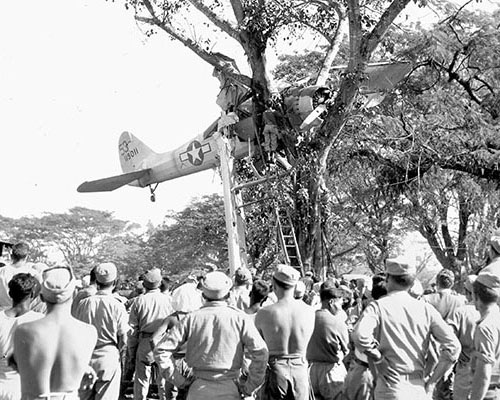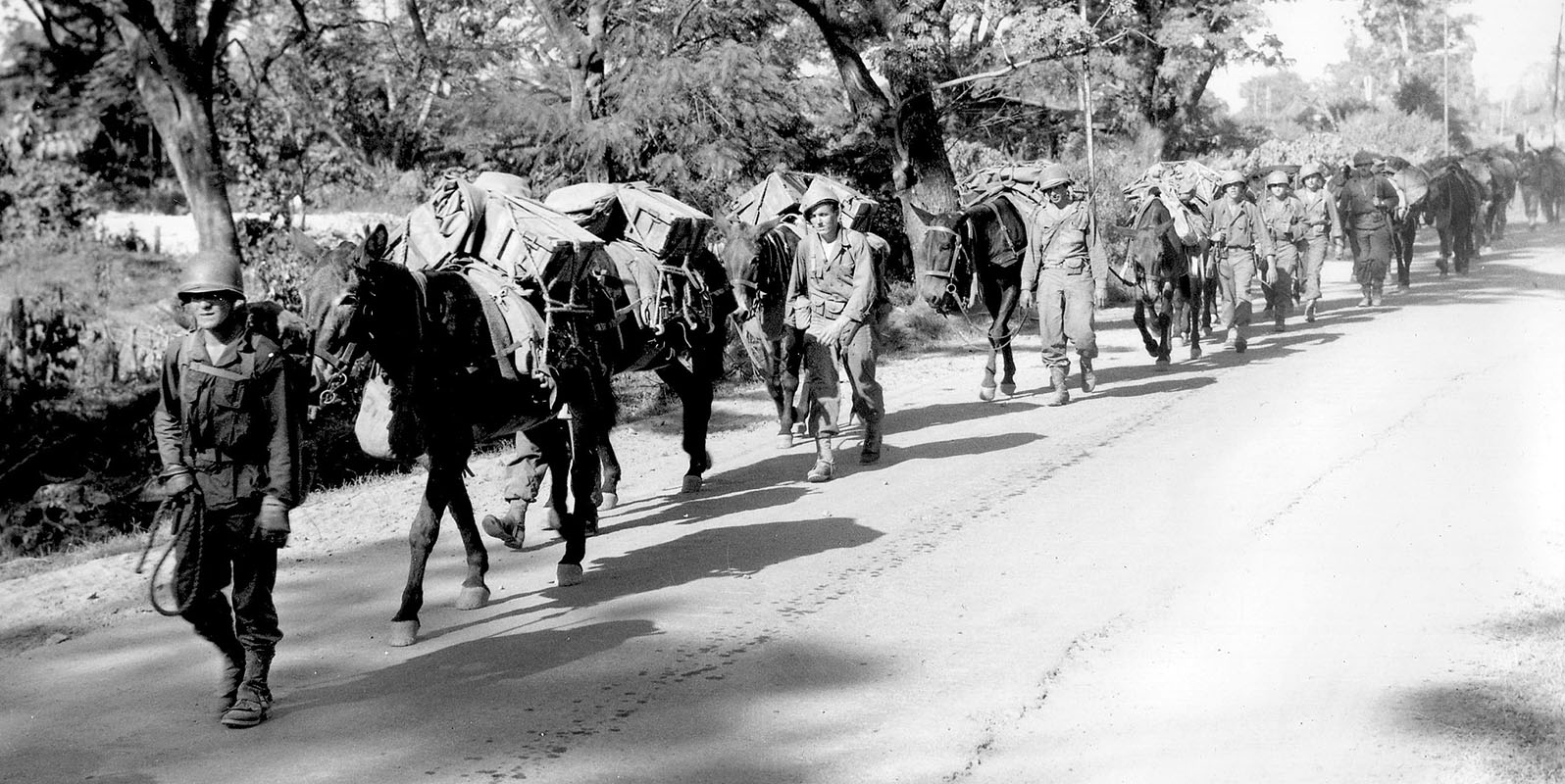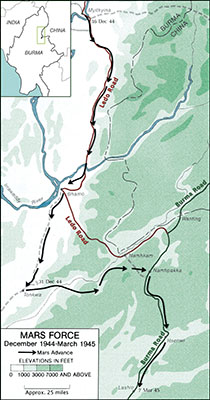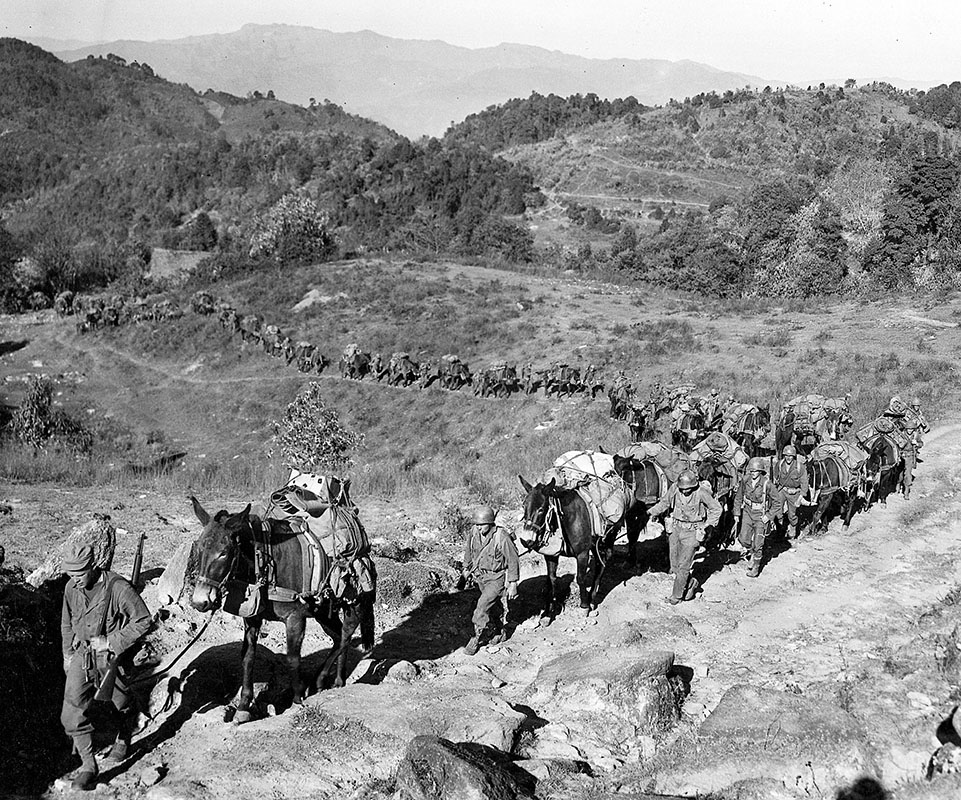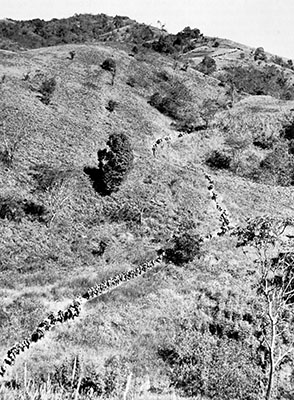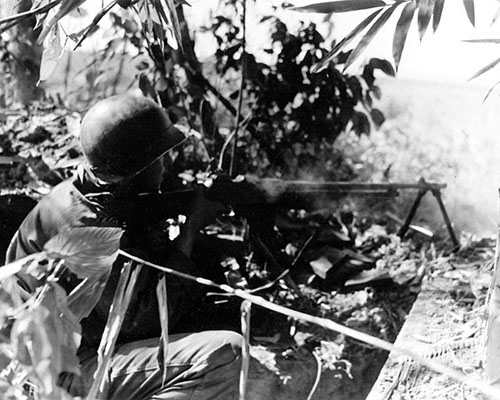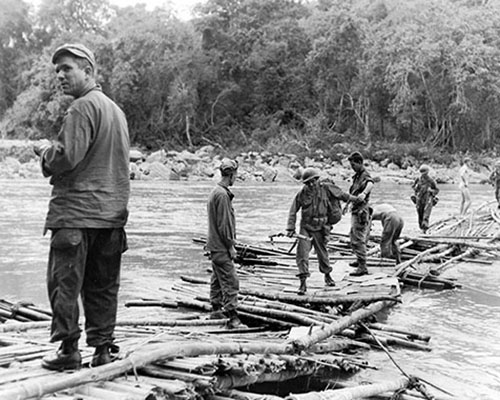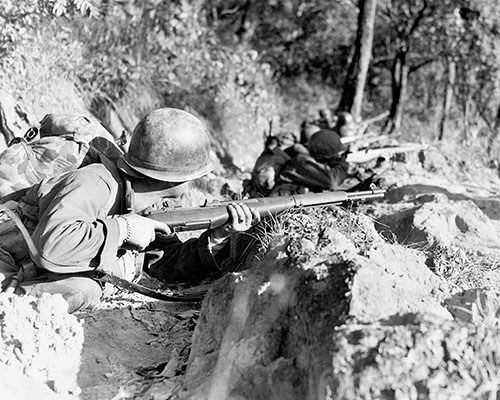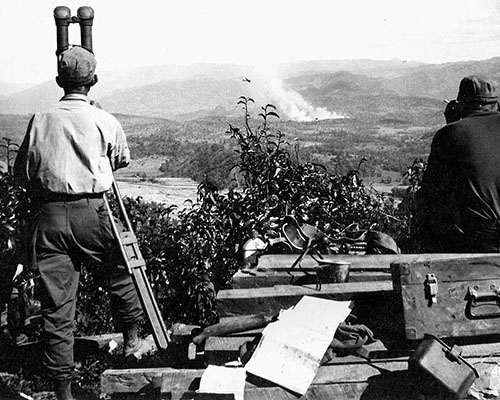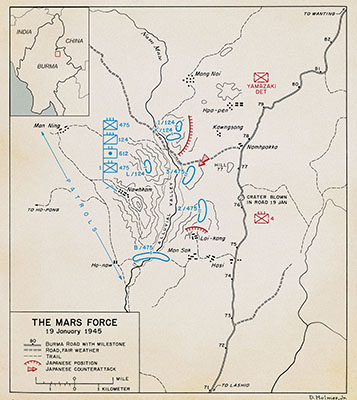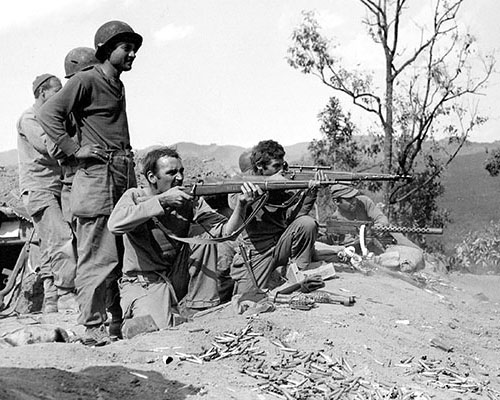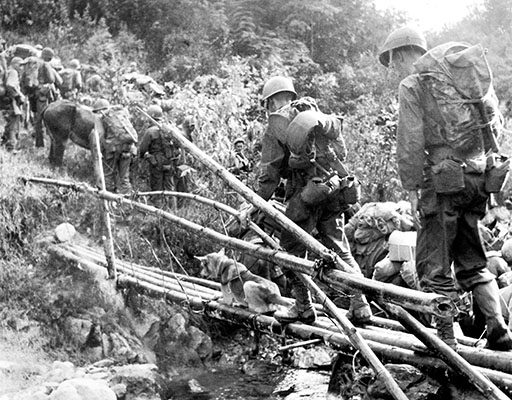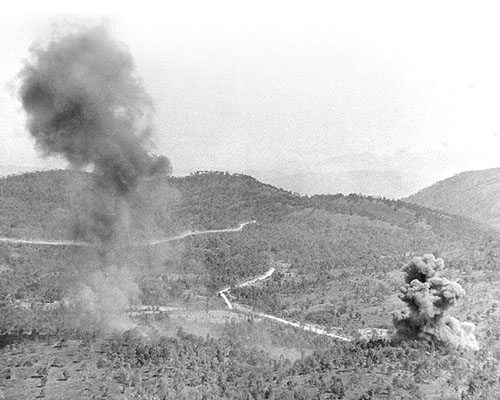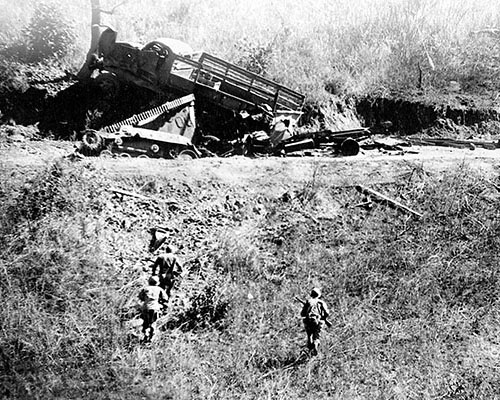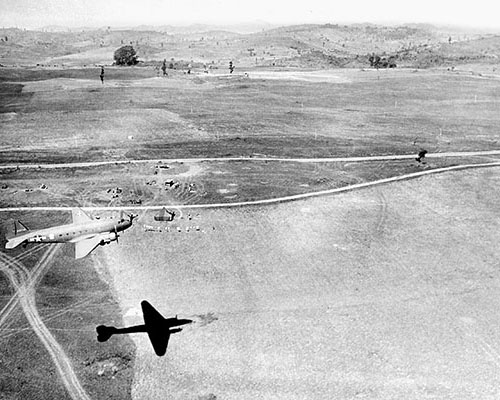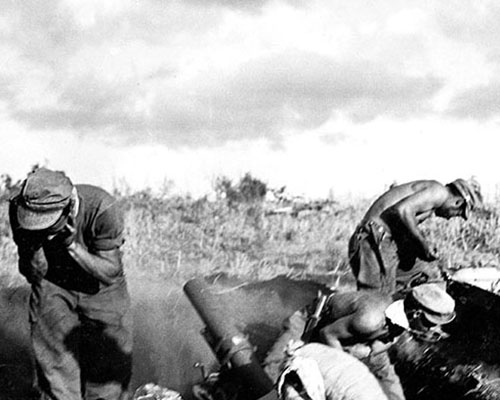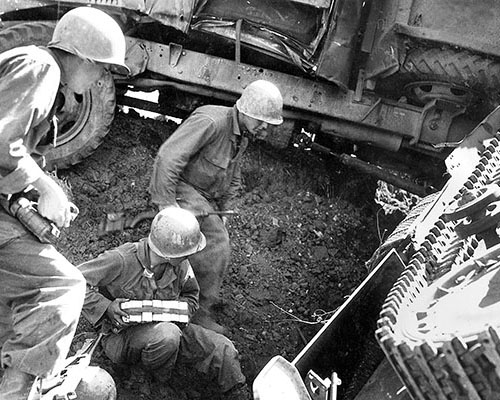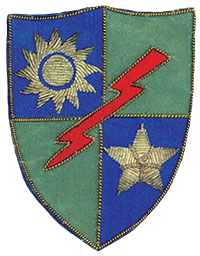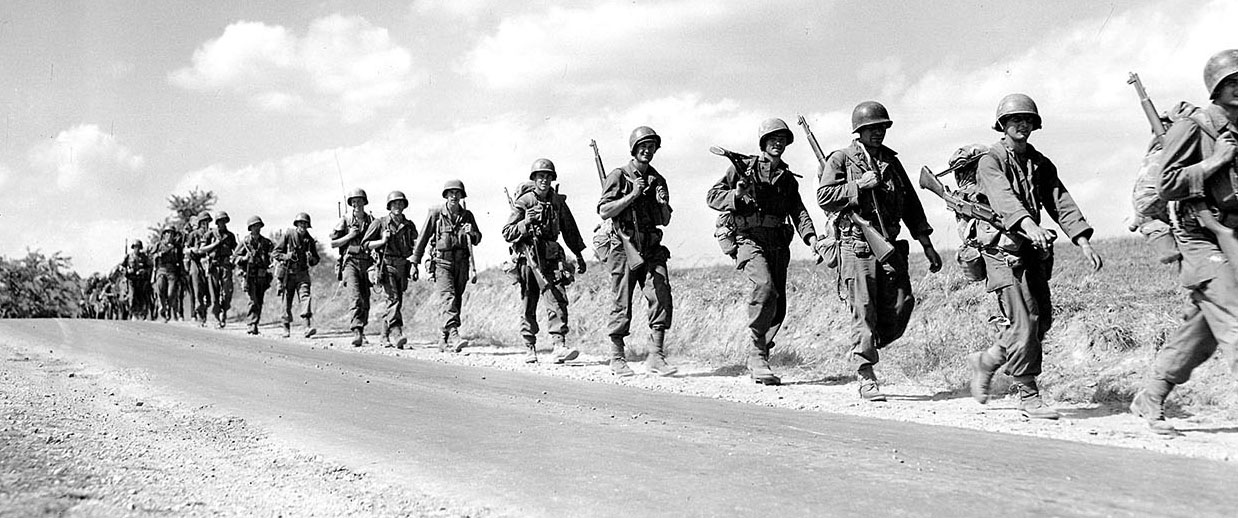DOWNLOAD

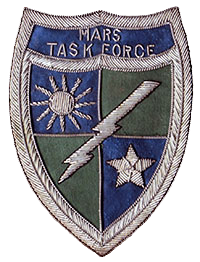
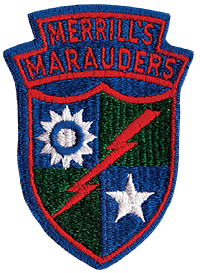
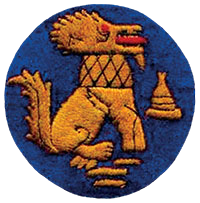
The China-Burma-India Theater (CBI) is almost forgotten in WWII history. However, the Theater—especially operations in Burma—is still very relevant for ARSOF. The several special operations legacy units that served there provided lessons that remain current. Because of the difficult operating environment all U.S. ground combat forces slated for Burma were uniquely organized and specifically mission-oriented. Two of these units, the Office of Strategic Services (OSS) Detachment 101 and the 5307th Composite Unit (Provisional), more commonly known as Merrill’s Marauders, have received considerable recognition for their accomplishments. However, another Army special operations legacy unit, the 5332nd Brigade (Provisional), known as the MARS Task Force, has not. This article “introduces” that unit to Veritas readers with a brief overview of its organizational structure, subordinate units, and campaign history. But, why were Long Range Penetration Groups (LRPG) needed in Burma?
A Unique Mission
From the outset, Burma presented a challenge for the United States Army. The British were in charge of operations in the country because it was their former colony. In north Burma, the U.S.-led Northern Combat Area Command (NCAC) had a small force of mostly Chinese troops. These were nominally under American control. Burma was one of the most difficult geographical environments in WWII and a lack of resources plagued operations. NCAC had to clear the area so that it could build a bypass—the Ledo Road—from Ledo, India to the portion of the Burma Road not controlled by the Japanese. Otherwise, all supplies into China had to arrive by air. Secondly, the Allies wanted to keep the bulk of the Japanese ground forces engaged in mainland Asia because the main advance against Tokyo was across the Pacific islands. To keep the bulk of the Japanese Army fixed, the Nationalist Chinese Army had to have desperately needed supplies to constitute a viable threat.



